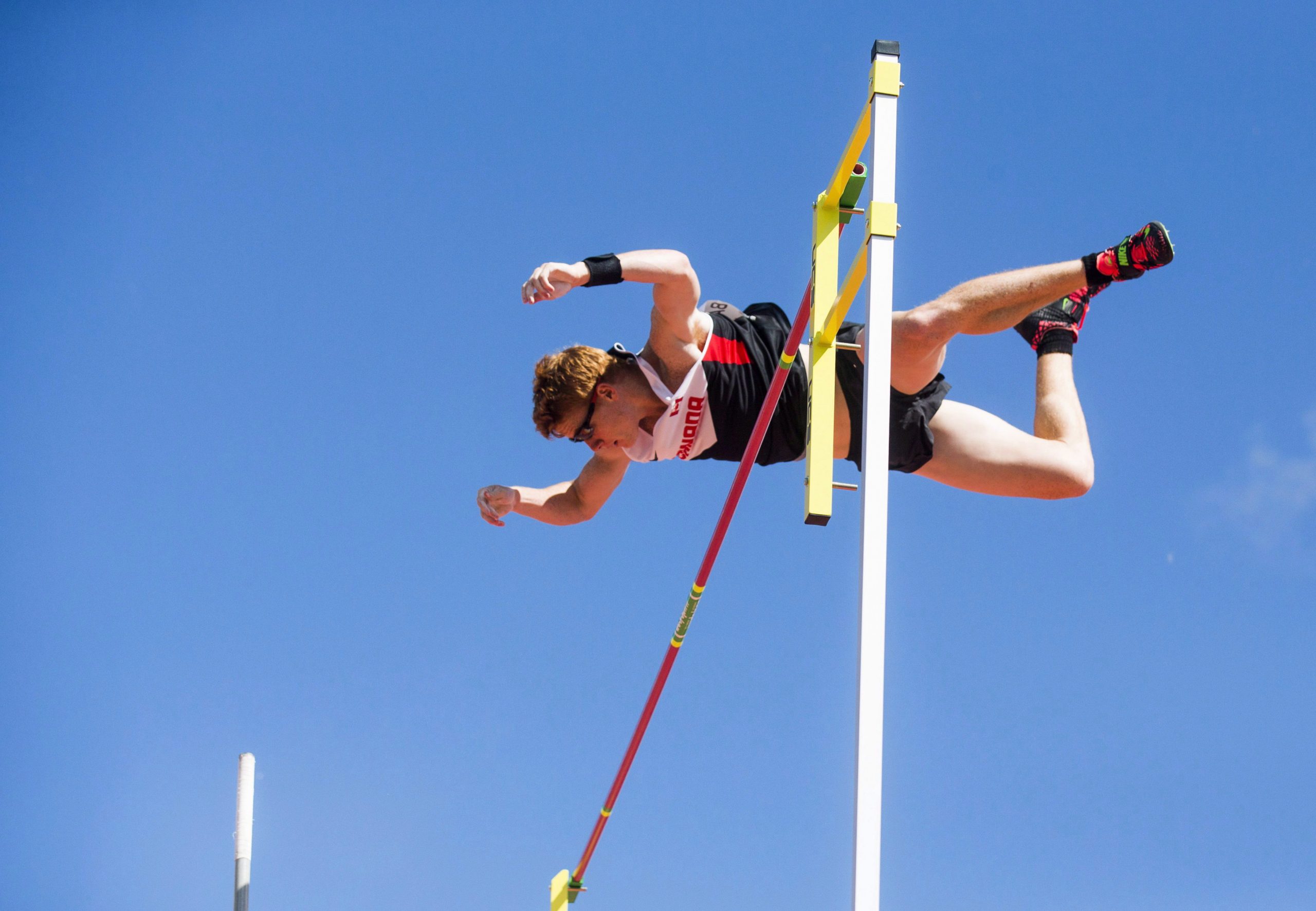Canadian pole vaulter Shawnacy Barber can remember minute details of specific jumps from as far back as seven years ago. And when he has one of those near-perfect jumps, time stops. He goes into what he calls the “no-mind zone,” which makes sense, and yet it doesn’t at the same time, because the 22-year-old, who spent his childhood between Las Cruces, N.M., and Kincardine, Ont., is a thinker in a sport that offers plenty of time for meditation—and, if you’re not careful, fear. As the event’s world champion, Barber is the one to beat in Rio.
HOW DOES ONE LEARN TO POLE VAULT?
“Nobody gets a 5.2-metre pole and runs down and plants it the first time. It’s progressive steps: I was fortunate because there was a ditch in our yard—a little canal with a bit of water—and I used to go from one side to the other with a piece of crossbar. Competitive pole vaulting is just a more exaggerated expression of that; you try to land on your feet first, or your butt, and go from there.” And when you get good at it: “There are jumps where it seems like minutes have gone by and I’m in the air and I’m talking to myself. It seems like every great jump I’ve had, I’m in a no-mind zone.”
THE POLE
Hickory, ash and bamboo were the materials of choice when vaulting first began making its appearance at European gymnastics clubs in the mid-19th century, but today’s poles are made from pre-cut sheets of fibreglass and carbon fibres wrapped around a metal pole. Barber will take eight poles with him to Rio—he has to pay a baggage fee and check in the poles as oversized luggage, and, no, they don’t fold up—including two warm-up poles, one or two “bad-wind” poles and four competitive poles. “Bad-wind poles are small poles that you know you can use to at least make a decent height,” he said. Outdoor pole vault competitions continue through rain, by the way. “That’s bad news for a pole vaulter, because grip is half the pole vault.” Barber has had issues with the pole slipping out of his hands in rain in the past, and compensating for it eventually led to a nerve problem that weakened his forearms.
HISTORY OF THE POLE VAULT
From 1984–97, Sergey Bubka of the U.S.S.R. and then the Ukraine had the highest recorded jump each season save one. For the past three years, France’s Renaud Lavillenie has posted the highest jump, and Barber considers the Frenchman and the U.S.’s Sam Kendricks to be favourites along with himself. Lavillenie set the world record of 6.16 metres in 2014, almost 21 years to the day that Bubka set the previous standard of 6.15 metres. Barber’s best jump is six metres indoors and 5.93 metres outdoors, both Canadian records, and he thinks 6.5 is the current limit of human possibility. The sport lost favour worldwide, but especially in the U.S., due to insurance concerns on the part of schools as a result of a spate of serious injuries. “It’s a sport that’s hard to get into,” Barber said. “It takes a lot of equipment and time and effort. And there’s risk.”
PREPARING THE MIND
Barber’s training regimen varies according to the competition cycle, but there were times last year when he would spend six to eight hours per day doing “something related” to pole vaulting without necessarily jumping, chiefly mental preparation and meditation. “Pole vaulting goes against everything nature tells you to do,” he said. “So a big part of mental programming is changing your mindset about the takeoff, in particular. For example, a lot of athletes will revert to the fetal position and pull down the pole and tuck up, which is bad. But it’s a natural thing, so I try to use mental programming to nip those things in the bud.”
OK, BE HONEST: WHAT SCARES YOU?
“The things I can’t control. I used to hate driving next to semis, especially if there’s something else on the other side and you’re just sitting there thinking: ‘Man, if somebody messes up right now, there’s no way.’ Those things mess with me quite a bit more than pole vaulting.”
The men’s pole vault competition begins on Aug. 13










